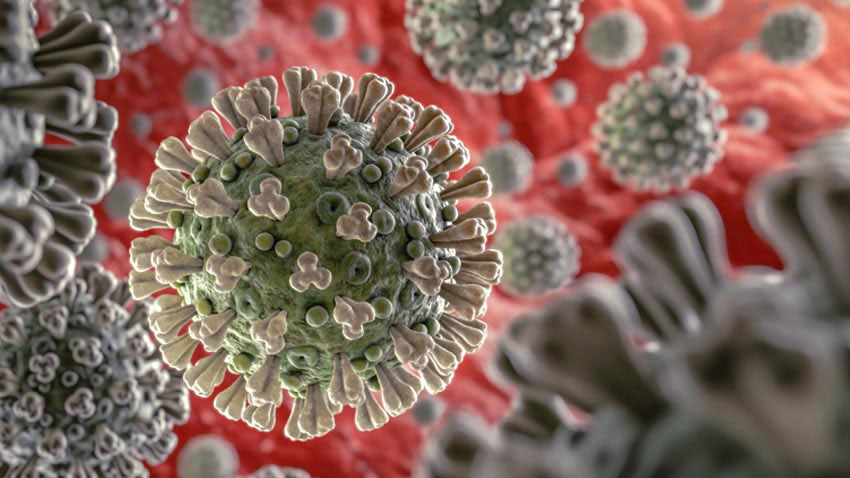Multiple commentators (e.g., Levitt in LA Times) are pointing out the rate of infections will peak and turn around so things will be OK eventually.
The issue is what actions get the rate turned around — I keep repeating, get transmission rate below 1. One way that this happens is when the virus runs out of people to infect. If little is done, this happens when most of the population gets infected; those simulations are what have been saying 40 – 70 % of the population in ___ could end up infected. This becomes our baseline — the do nothing turnaround number in comparison to when interventions reduce transmissions below 1 . The people who have fought new infectious diseases say break the transmission quickly. If you do that, you turn around sooner – so your ratio for getting turnaround due to interventions is much better than the do nothing turnaround.
Actions affect this ratio. Which actions have the biggest impact on it? Again, standard infectious disease knowledge says: test (or equivalent)/trace/isolate combined with keep people apart depending on the virus’ bases transmission (2-4 for Covid-19). How well do other interventions work? Well we’ll see when the after-this-outbreak analyses are complete. But what matters now is some do better than others; Asian countries have had good at getting turnaround sooner than the do nothing number. Wuhan less so compared to other parts of China, Hong Kong, South Korea, etc (Taiwan mostly blocked the virus so they are different). Italy does not have a good ratio. Saying they all eventually there is a turn around and there is a sign that tells us when turnaround happens, ignores how actions make a difference.
The next thing we have said: it is about the match or mismatch of 2 rates — how actions expand the readiness to respond to patients needing hospitalization / ICU level care. If the latter does not match the growth of patients needing care, the overload increases bad outcomes. This is the excessive death ratio (or regression) — how many deaths occurred in a jurisdiction for a given policy or action relative to how many deaths were there for the best policy/actions. There will be a way to estimate the excessive deaths. So knowing that there will be a turn around says nothing about what the excessive deaths will be; acting to get a tiurnaround sooner will reduce excess deaths.
If we care for people needing hospitalization, meaning if we build enough response capability to provide appropriate level of care, how well do we perform? This will be a major contributor to excessive death calculations and the data wizards will be able to get a sense of how this part of mismatches between the 2 rates contributes to excessive deaths.
I have started to check different places to get estimates of what the range of excessive deaths can look like. The best give us a baseline and part of that is building the capability to treat the sick in ICUs given the numbers needing that level of care.
My original statement was what had been happening indicated excessive deaths could be on the order of 10x. Using todays numbers Wuhan’s estimate has dropped to under 4x. Spain right now is 7x. Italy is way higher than 10x (the estimates of death rate in the best controlled areas may drop also).
What we want to know is: how actions reduce hospitalizations (assuming most sick people get to a hospital or care facility) and how they reduce fatalities given hospitalization.
